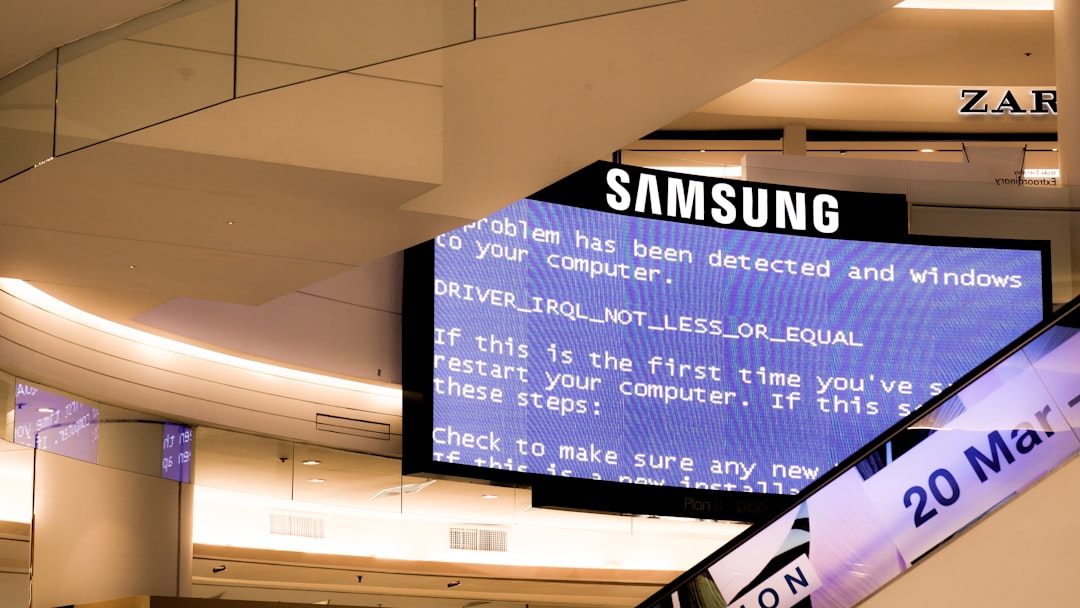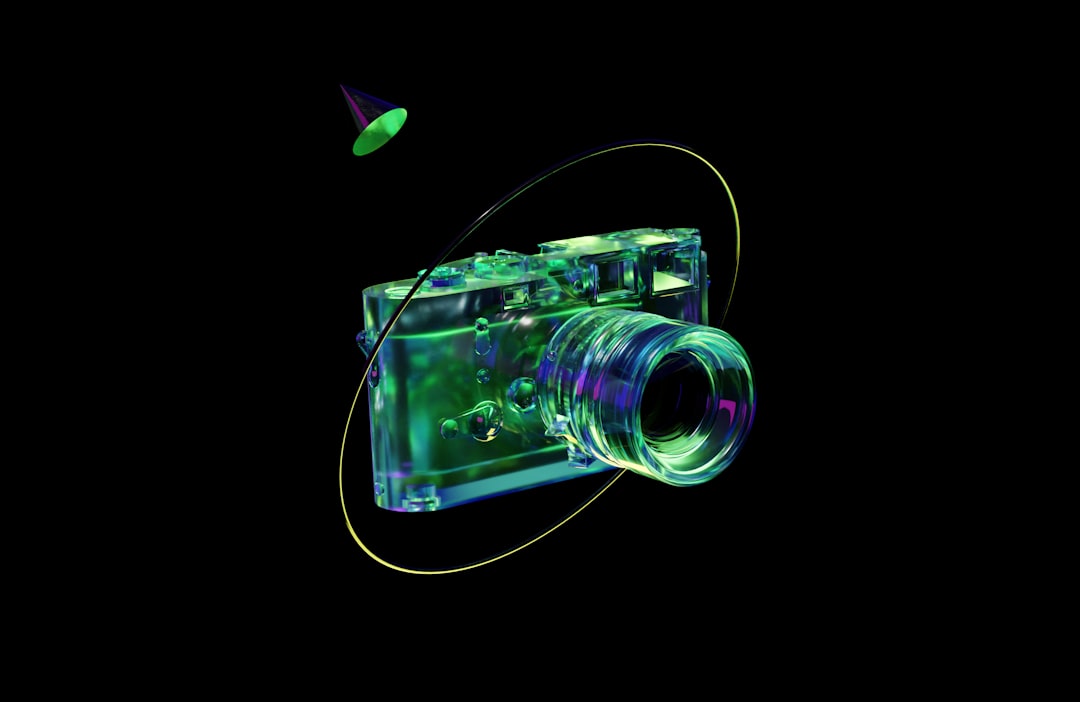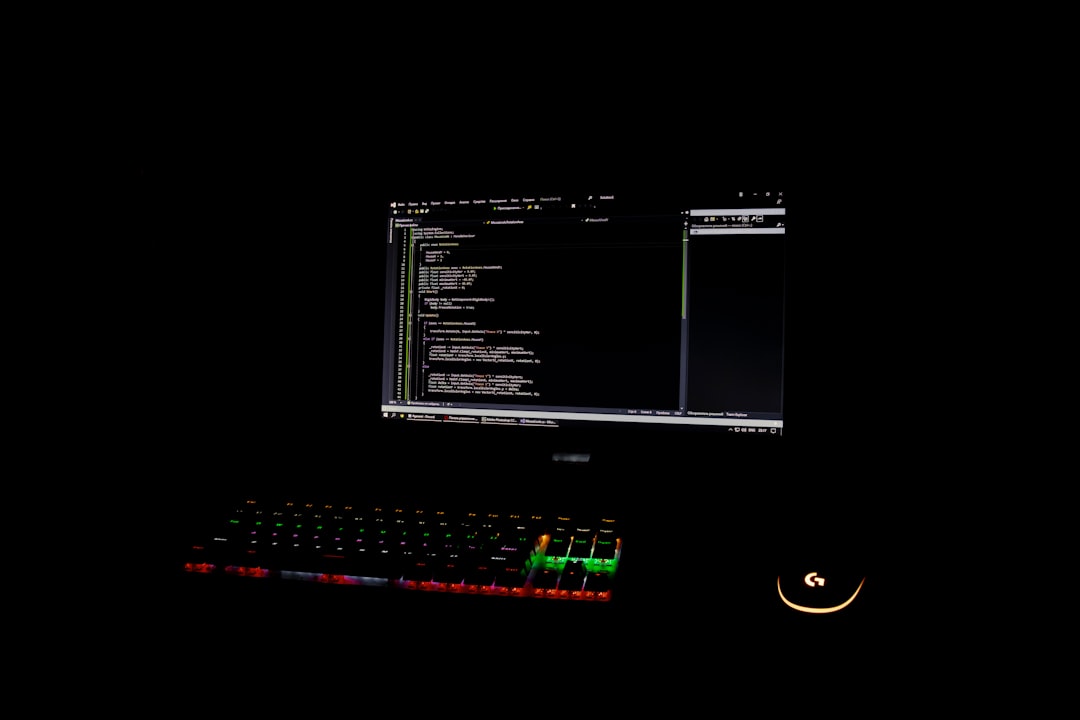Convert Video to Image Using FFmpeg: Command Line Tutorial for Experts
Extracting still images from video footage is a common task for professional video editors, software engineers, data scientists, and digital archivists. Whether for documentation, training datasets, thumbnails, or time-lapse generation, capturing individual frames requires a precise, reliable tool. FFmpeg stands out as the tool of choice — an open-source command-line utility that provides exceptional control and quality.
This guide serves as an advanced tutorial for converting videos to images using FFmpeg. It assumes you’re already familiar with the command line interface and file system structure. We’ll walk you through the most effective and optimized ways of extracting single or multiple frames from video files with complete control over quality, timing, and file naming.
Why Use FFmpeg for Video to Image Conversion?
FFmpeg is trusted by professionals due to its flexibility, speed, and high level of granularity. It supports virtually every video format, offers frame-accurate extraction, and allows automation through scripting — all features that commercial GUI-based tools may lack or hide behind paywalls.
- Format Support: MP4, MKV, AVI, MOV, FLV, WebM, and more
- Customizable Output: Image format, resolution, naming, metadata
- Precise Frame Extraction: By timestamp or frame number
- Batch Automation: Suitable for scripting and bulk processing
Prerequisites
Before diving into commands, ensure you have the latest version of FFmpeg installed. On most Linux distributions, installation is straightforward:
sudo apt update
sudo apt install ffmpegOn macOS using Homebrew:
brew install ffmpegAnd on Windows, download the latest FFmpeg binaries from the official site and add the bin directory to your system’s PATH.
Basic Command: Extract a Single Frame from a Video
To extract a single frame at a specific time (for instance, 5 seconds into the video):
ffmpeg -ss 00:00:05 -i input.mp4 -frames:v 1 output.jpgExplanation:
-ssspecifies the timestamp-i input.mp4is the input file-frames:v 1tells FFmpeg to extract one frameoutput.jpgis the name of the output image
You can change the image format simply by specifying a different file extension (e.g., PNG).
Extract Multiple Frames from a Video
If you want to extract all frames from a video:
ffmpeg -i input.mp4 output_%04d.jpgThis will generate a sequence of images like:
- output_0001.jpg
- output_0002.jpg
- output_0003.jpg
The %04d placeholder is a formatted frame index padded to 4 digits. You can change this to match your directory or naming style.

Extract at Set Intervals (e.g. Every n Seconds or Every n Frames)
To extract a frame every 3 seconds:
ffmpeg -i input.mp4 -vf "fps=1/3" output_%03d.jpgTo extract one frame every 30 frames:
ffmpeg -i input.mp4 -vf "select=not(mod(n\,30))" -vsync vfr output_%03d.pngNote: The \ in mod(n\,30) is for escaping in most shell environments.
Extract Frames within a Time Range
When you only need frames from a specific time interval, use the -ss and -to options together:
ffmpeg -ss 00:01:00 -to 00:02:00 -i input.mp4 -vf "fps=1" output_%03d.jpgHere, one frame per second is extracted starting at minute 1 up to minute 2 — perfect for sampling specific segments.
Control Output Quality and Resolution
By default, images using JPEG format include compression. You can tune the quality with the -q:v option (lower is better quality):
ffmpeg -i input.mp4 -q:v 1 output_%03d.jpgTo resize the output while extracting:
ffmpeg -i input.mp4 -vf "scale=640:360" output_%03d.pngFor automatic scaling while keeping aspect ratio:
ffmpeg -i input.mp4 -vf "scale=640:-1" output_%03d.pngExtract Frames Based on Keyframes
If you’re only interested in keyframes (Intra-coded frames), use this command:
ffmpeg -skip_frame nokey -i input.mp4 -vsync vfr -frame_pts true output_%03d.jpgThis is particularly useful for pulling clean reference images or reducing unnecessary redundancy in frames.
Advanced: Parallel Image Extraction with Multithreading
For performance on large files or high-resolution source material, FFmpeg can utilize multiple CPU cores:
ffmpeg -threads 4 -i input.mp4 -vf "fps=2" output_%04d.jpgBe sure to benchmark this on your system, as I/O performance and available memory can influence optimal settings.
Best Practices and Tips
- Batch processing: Use shell scripts to loop over multiple files.
- Use PNG for lossless extraction. JPEG is smaller, but introduces compression artifacts.
- Name files strategically for sorting and automation (use datestamps or timestamps).
- Avoid overwriting: Always use unique filenames when generating large batches.

Sample Bash Script for Batch Extraction
The following bash script will process every MP4 file in a folder, extracting a thumbnail from the 10th second of each:
#!/bin/bash
for file in *.mp4; do
filename="${file%.*}"
ffmpeg -ss 00:00:10 -i "$file" -frames:v 1 "${filename}_thumb.jpg"
doneThis script will prevent naming collisions and allow systematic video documentation.
Troubleshooting Common Issues
- Incorrect timestamps: Ensure the
-ssoption is placed before-i. - Poor image quality: Use
-q:v 1and preferably extract from original video quality sources. - Frames missing or delayed: Consider adding
-vsync vfrto handle variable frame rates accurately.
Conclusion
Converting video to image sequences is a powerful use of FFmpeg, opening use-cases from video analysis to training datasets and documentary work. While GUI tools exist, the command-line power of FFmpeg ensures frame-level accuracy, format versatility, and total automation.
If your professional workflow requires working with stills extracted from motion content, mastering FFmpeg will save you countless hours and deliver consistent, high-quality results.
Use the commands above as templates, build them into scripts, or integrate them into pipelines. From a single snapshot for social media to forensic video analysis — FFmpeg equips you with the toolset needed for complete visual control over your video content.



